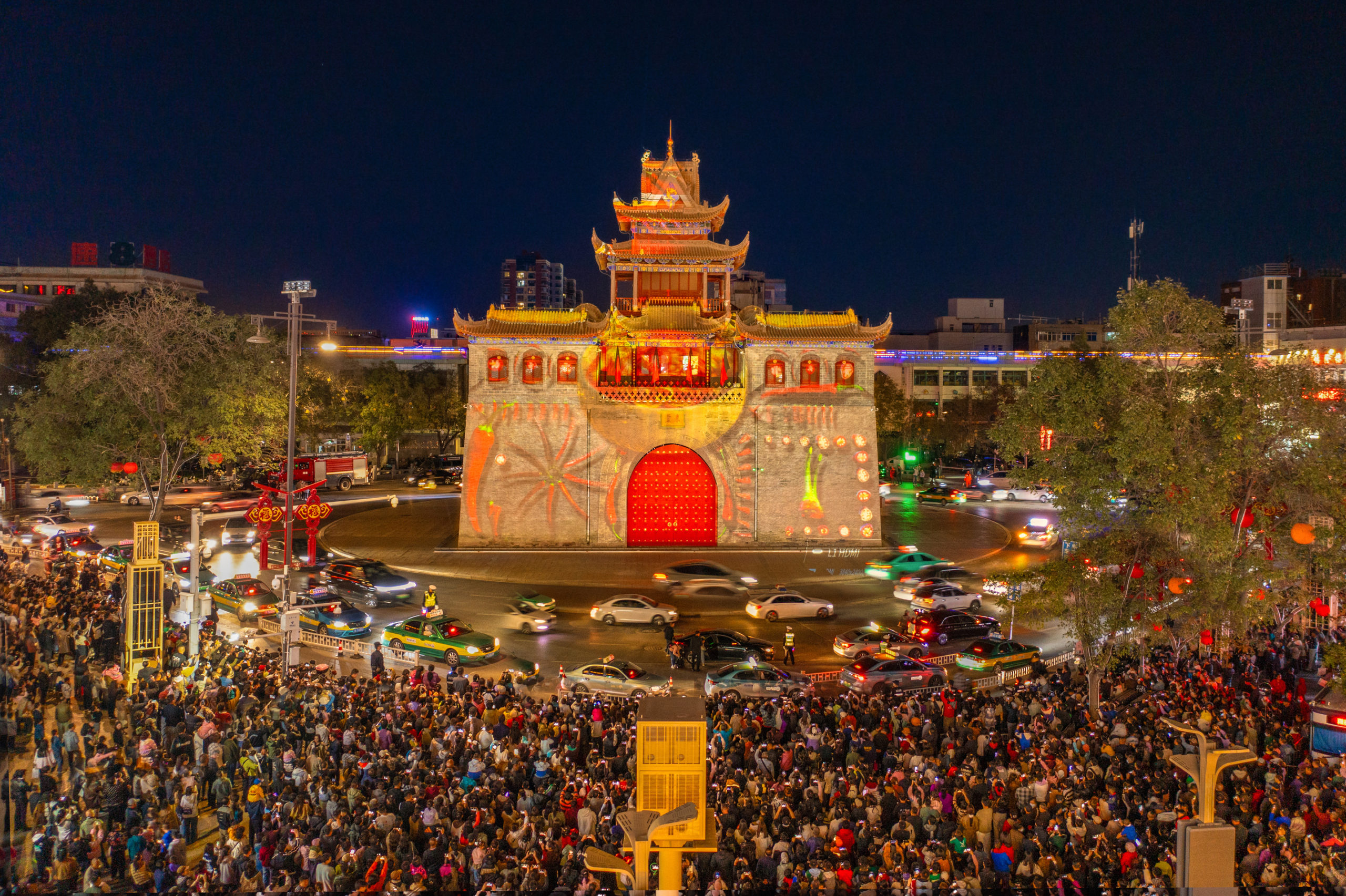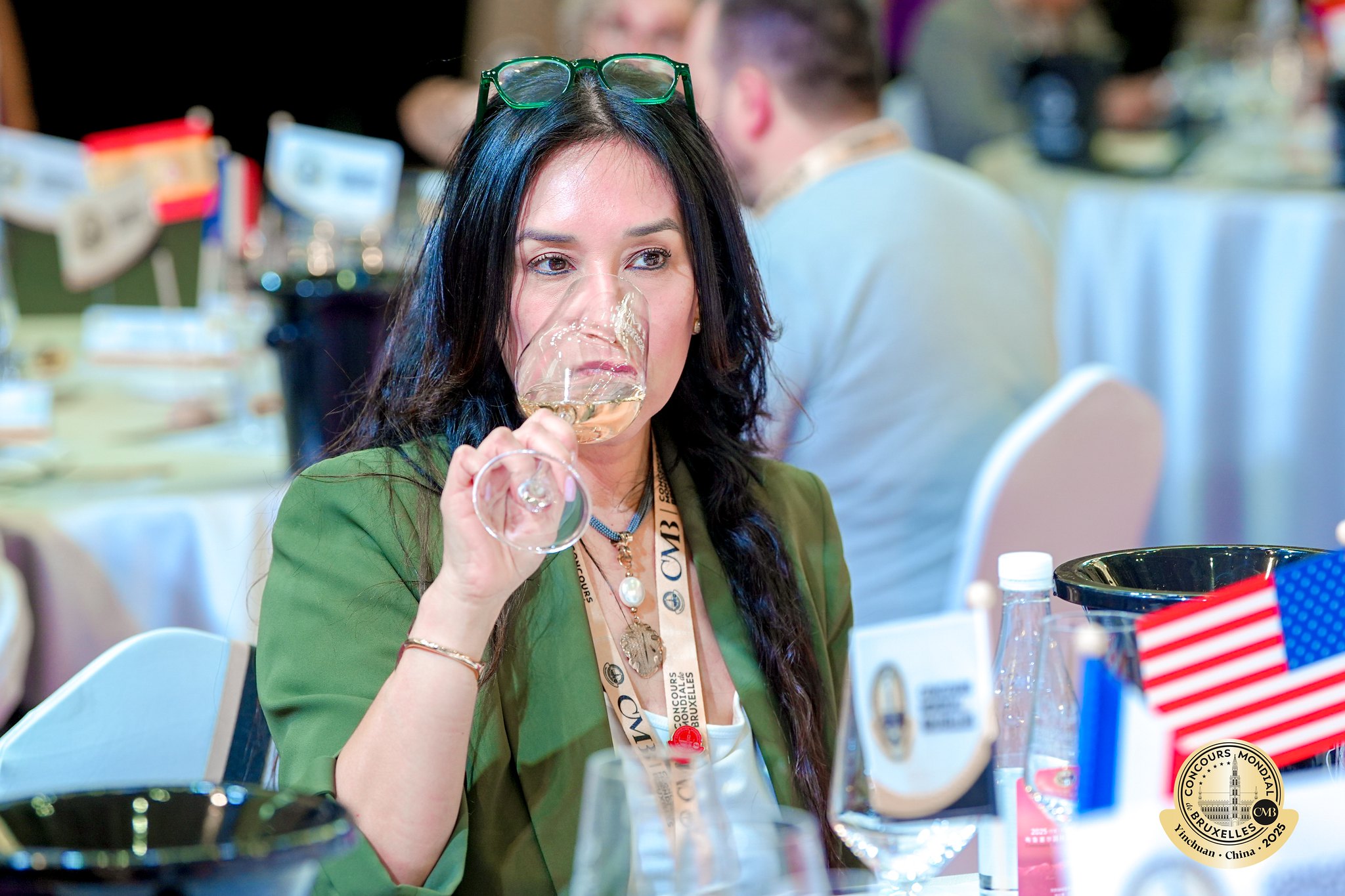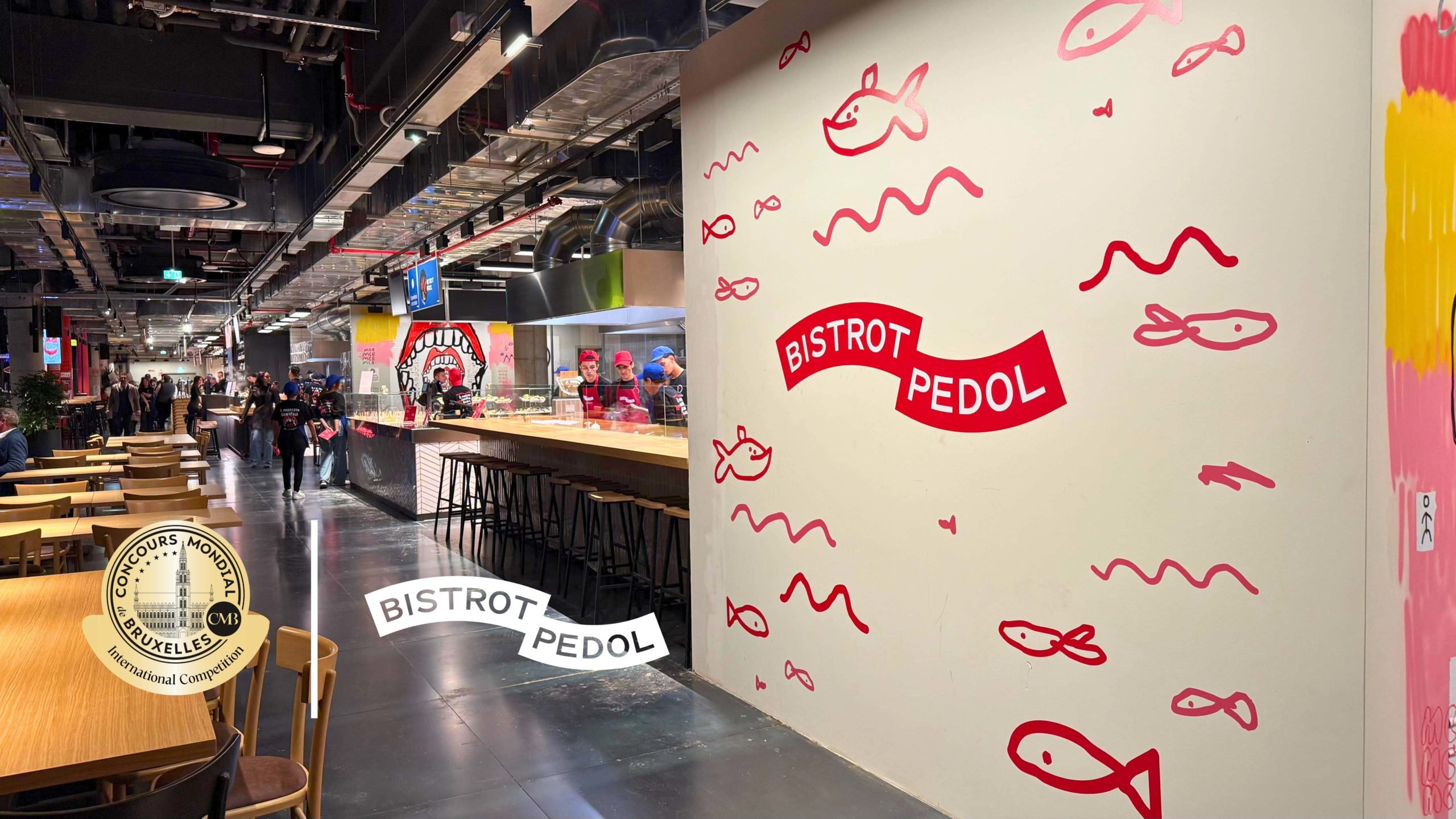Ningxia, between wine lands and culinary pleasure

For its 32nd edition, the Concours Mondial de Bruxelles will take place from June 9 to 12, 2025, in Yinchuan, the capital of Ningxia, China. This city, located at the foot of the Helan Mountains, is recognized as the heart of Chinese viticulture. Through these articles, we offer you a glimpse of Ningxia, its unique terroir, and its remarkable rise in the world of wine.
Previously, we explored the lands of Qingtongxia and Hongsibu, where human ingenuity has turned deserts into vineyards. From the Qingtongxia dam to the high plateaus of Hongsibu, these regions tell a common story, one of viticulture born from water, altitude, and a deep desire for renewal.
A journey to Yinchuan, capital of the Ningxia Hui Autonomous Region, would be incomplete without exploring its gastronomy. The region’s culinary identity is rooted in long-standing traditions. The following itinerary offers a discovery of the city and its surroundings through its specialties, emblematic restaurants, and possible pairings with local wines.
The day can begin in Wuzhong, about seventy kilometers from Yinchuan, where breakfast spots open at dawn. The choices are plentiful: offal soups, steamed dumplings. While some places still serve tea, many now also offer glasses of local red wine, a shift in habits driven by the rise of Ningxia’s vineyards. In the same city, lamian is a must: fresh hand-pulled noodles served in a fragrant beef broth with coriander, scallions, and chili.
Back in Yinchuan, one quickly gets to the heart of the matter with the famous “hand-grabbed lamb,” an iconic dish enjoyed at specialty restaurants such as Lao Mao Hand Grab or Shan Gen Yuan. The tender meat is eaten with the fingers and dipped in local balsamic vinegar. In a more festive version, whole roasted lamb is served on special occasions, slow-cooked over wood for hours. Its simple presentation contrasts with the richness of its flavor, and it’s a highlight in renowned establishments like Bu Yun Tian or Lao Yao.
For those who enjoy rustic dishes, lamb offal holds a special place in everyday cooking. Popular at breakfast, offal soup, made with liver, heart, kidneys, and tripe, is seasoned with coriander and chili, and served with wheat cakes. It can be found everywhere, in restaurants like Lao Xi Men or Na Jia Hu, each with its own recipe for the broth.
Finally, to accompany or end a meal, Eight Treasures Tea remains a local specialty, especially the version made by Liu Sanduo. Composed of dates, goji berries, peach kernels, and other medicinal ingredients, this traditional tea is now recognized as a regional culinary heritage.
From local traditions to modern influences, every stop offers a new way to connect with the region and its identity.
Want to know more about Ningxia? Discover our other articles on concoursmondial.com
Baudouin Havaux


